< 1990 - 1986 / Work by Image < Work by Title < Stations - Montreal Canada - [Exposition]
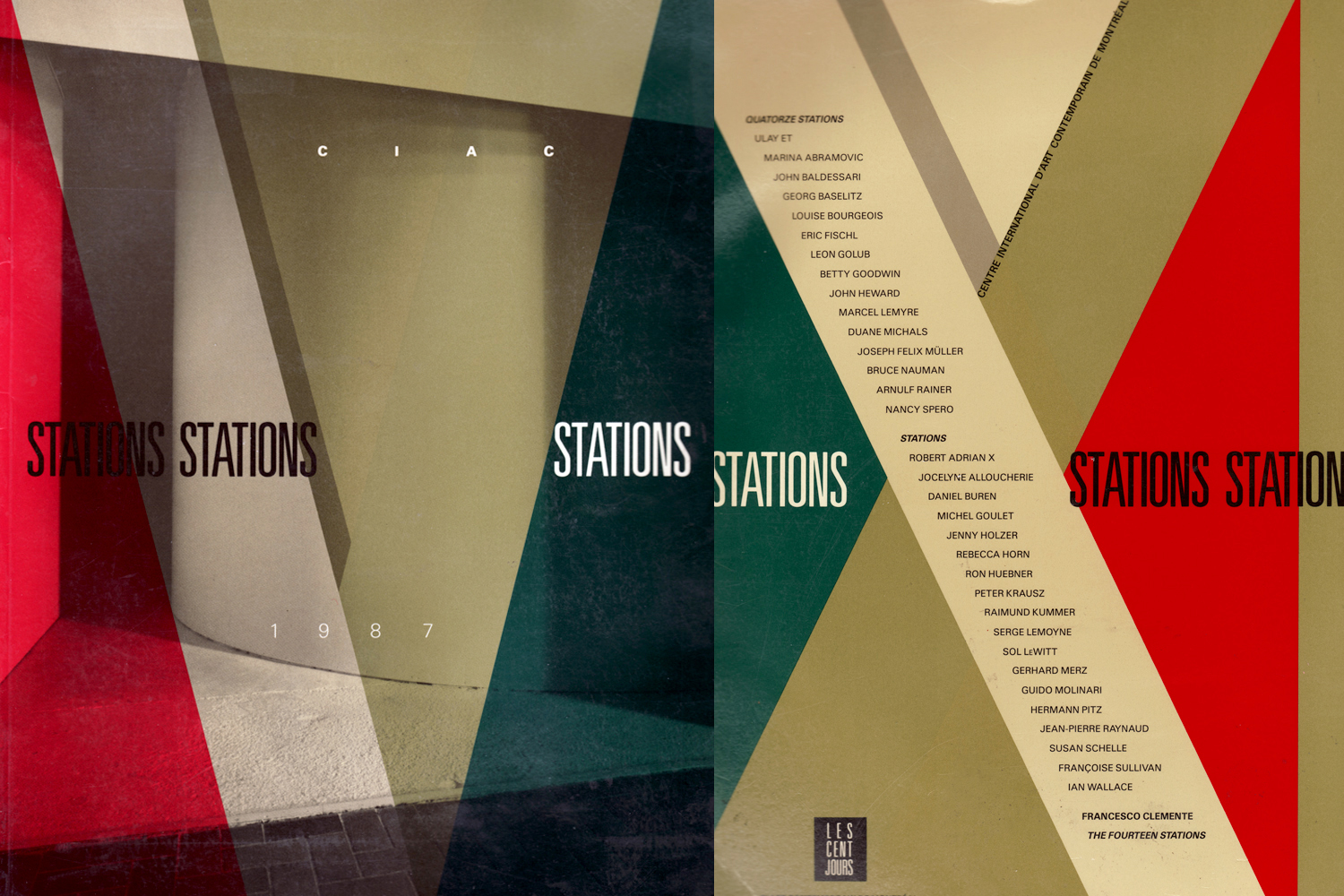
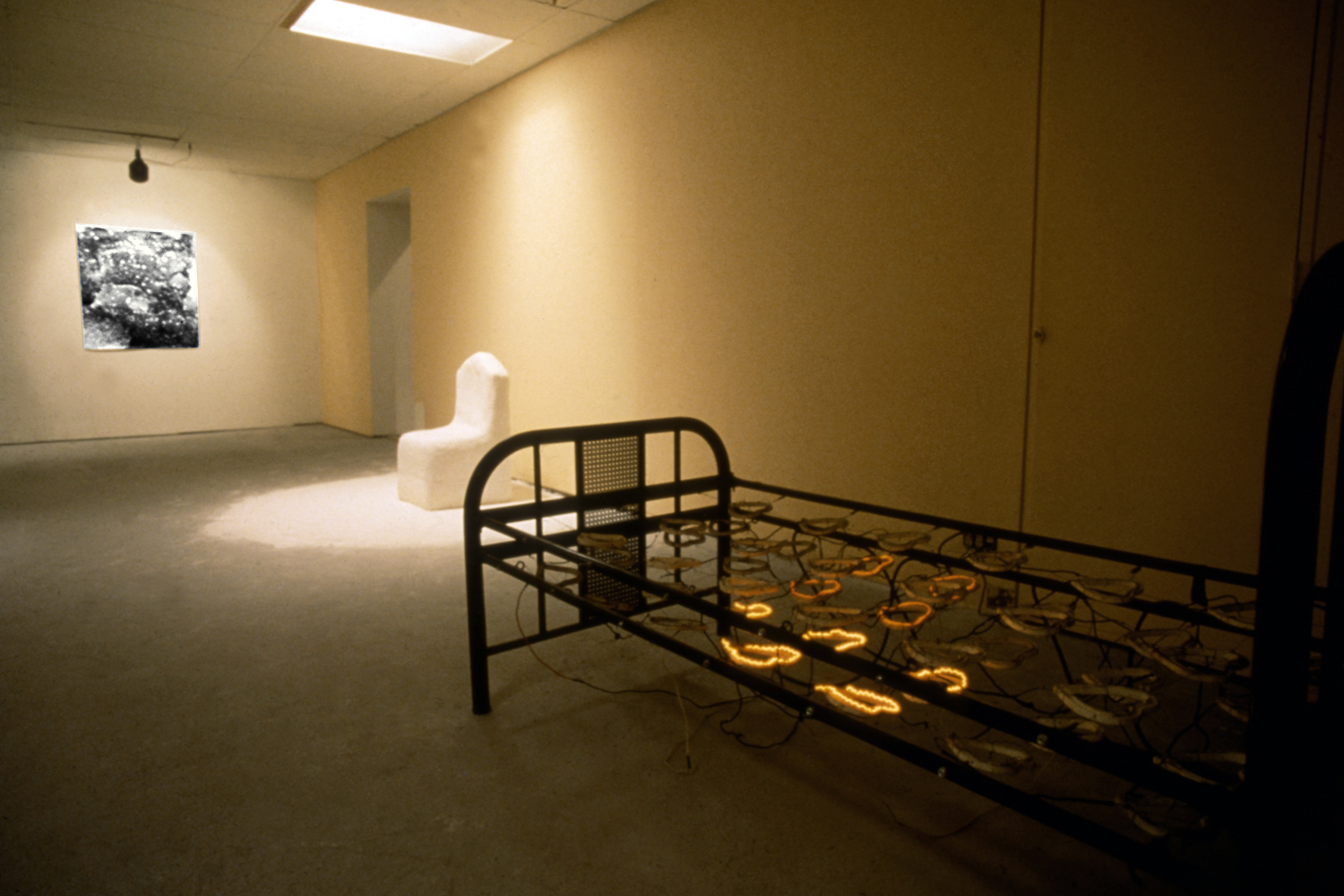
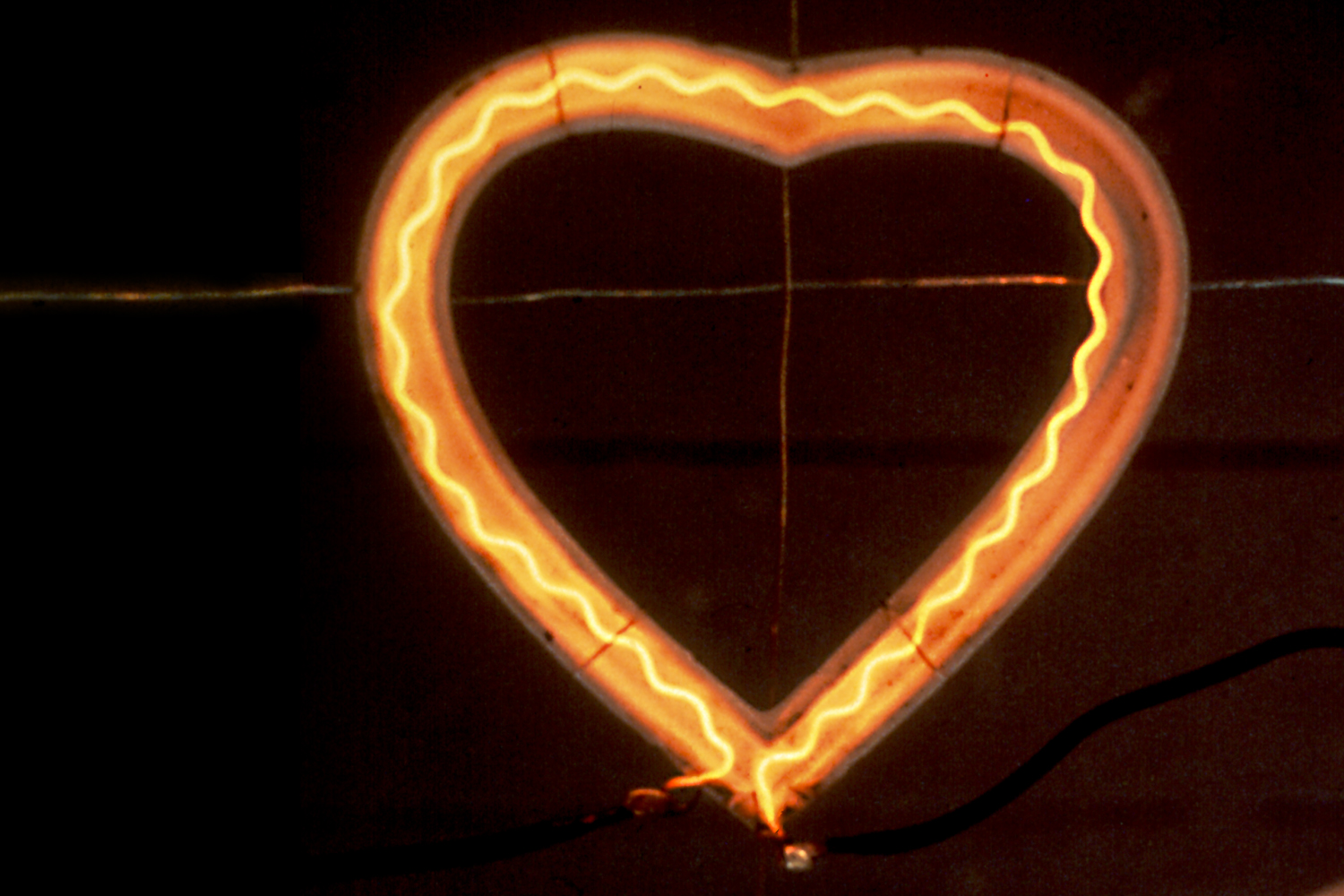
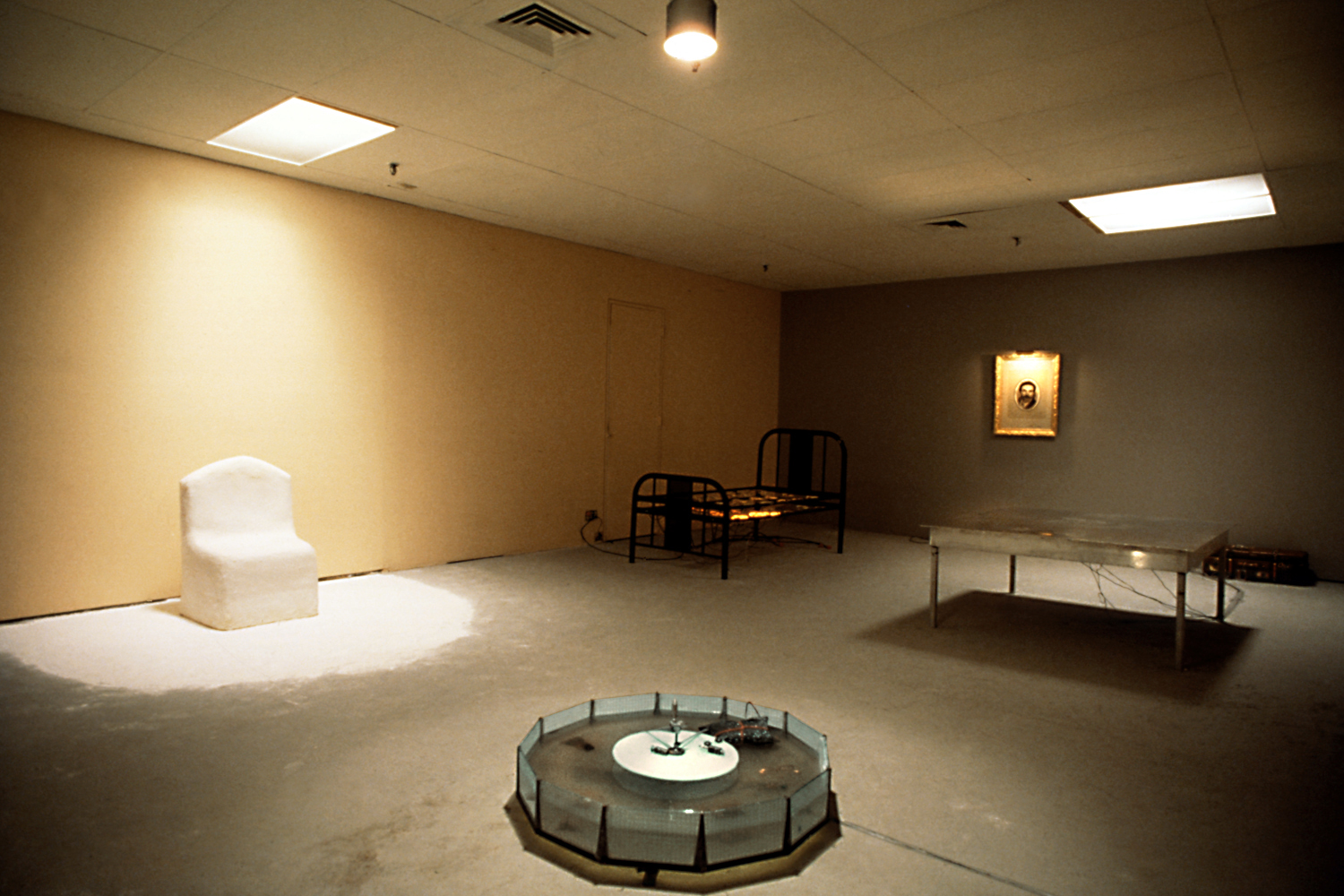
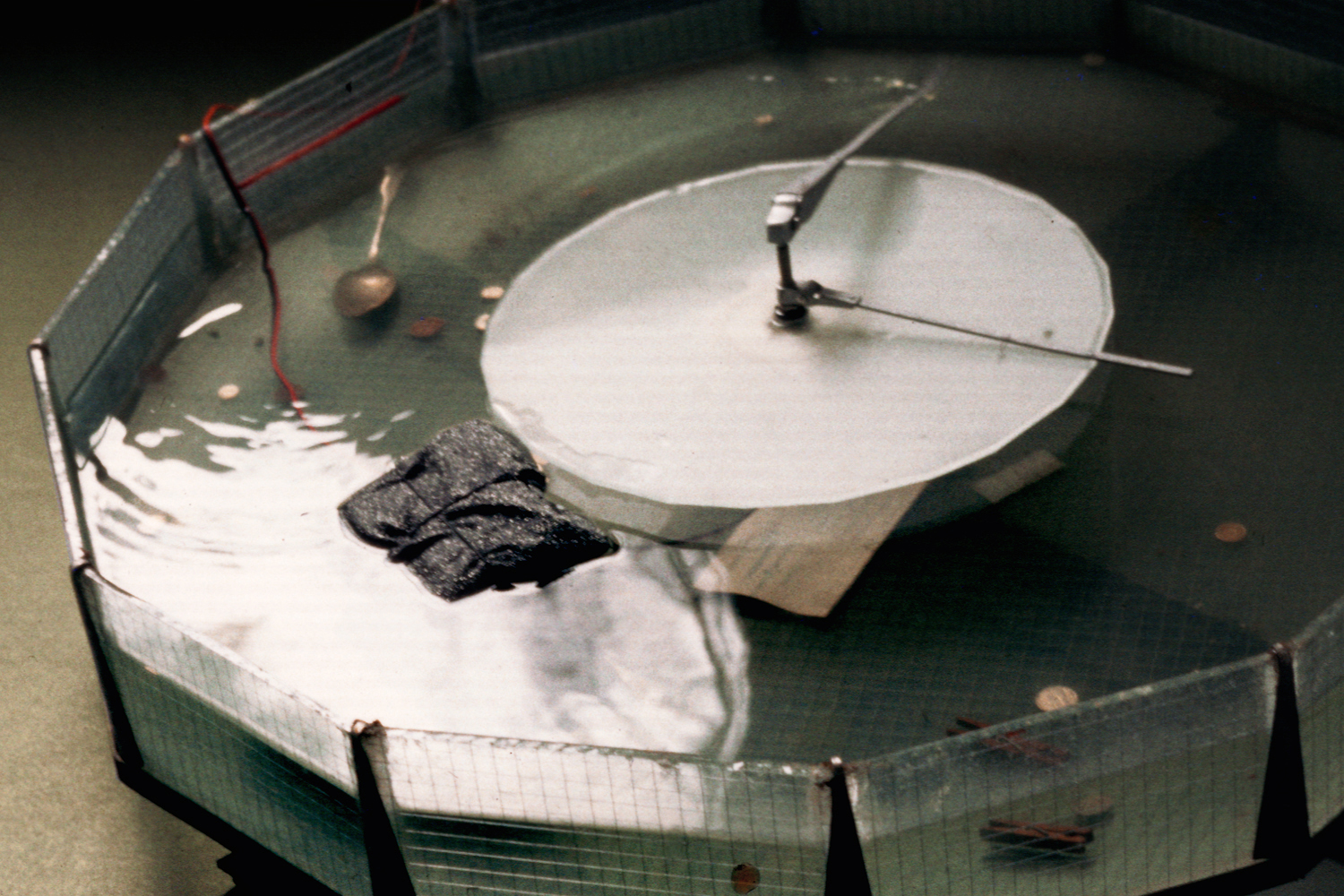
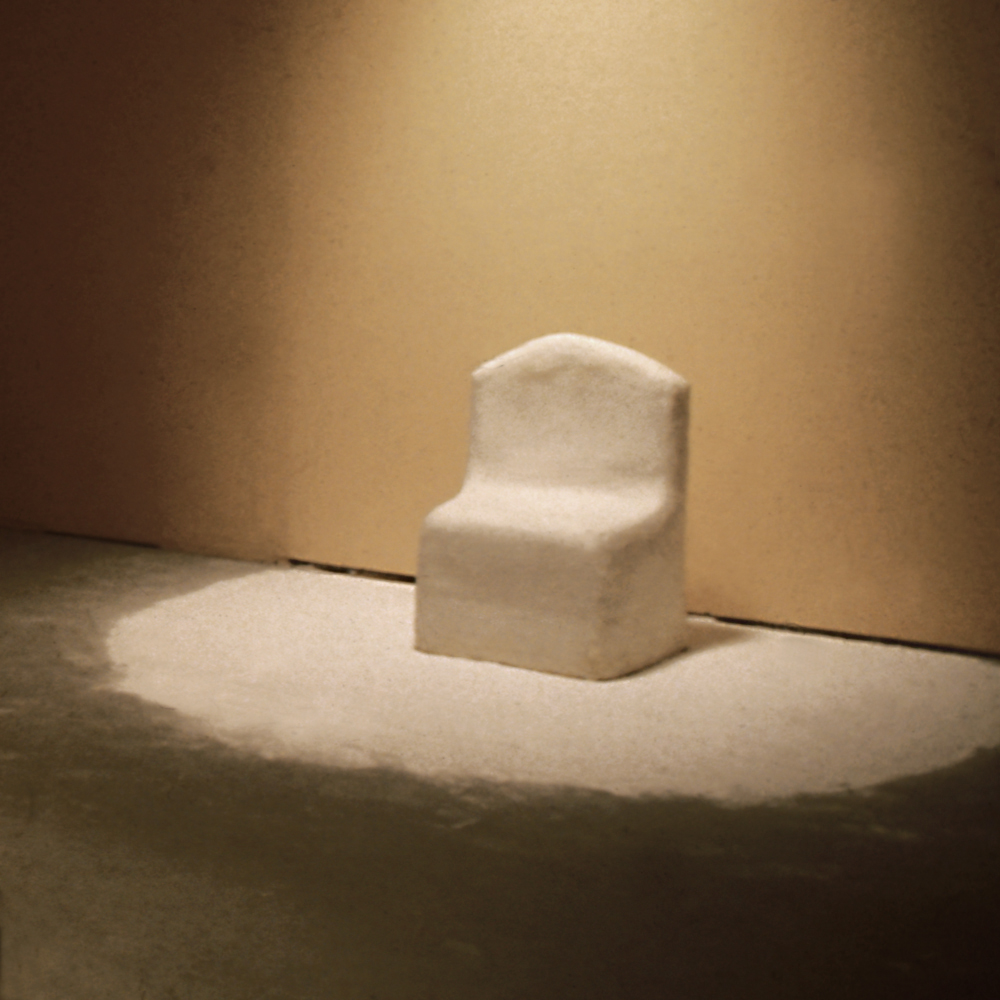
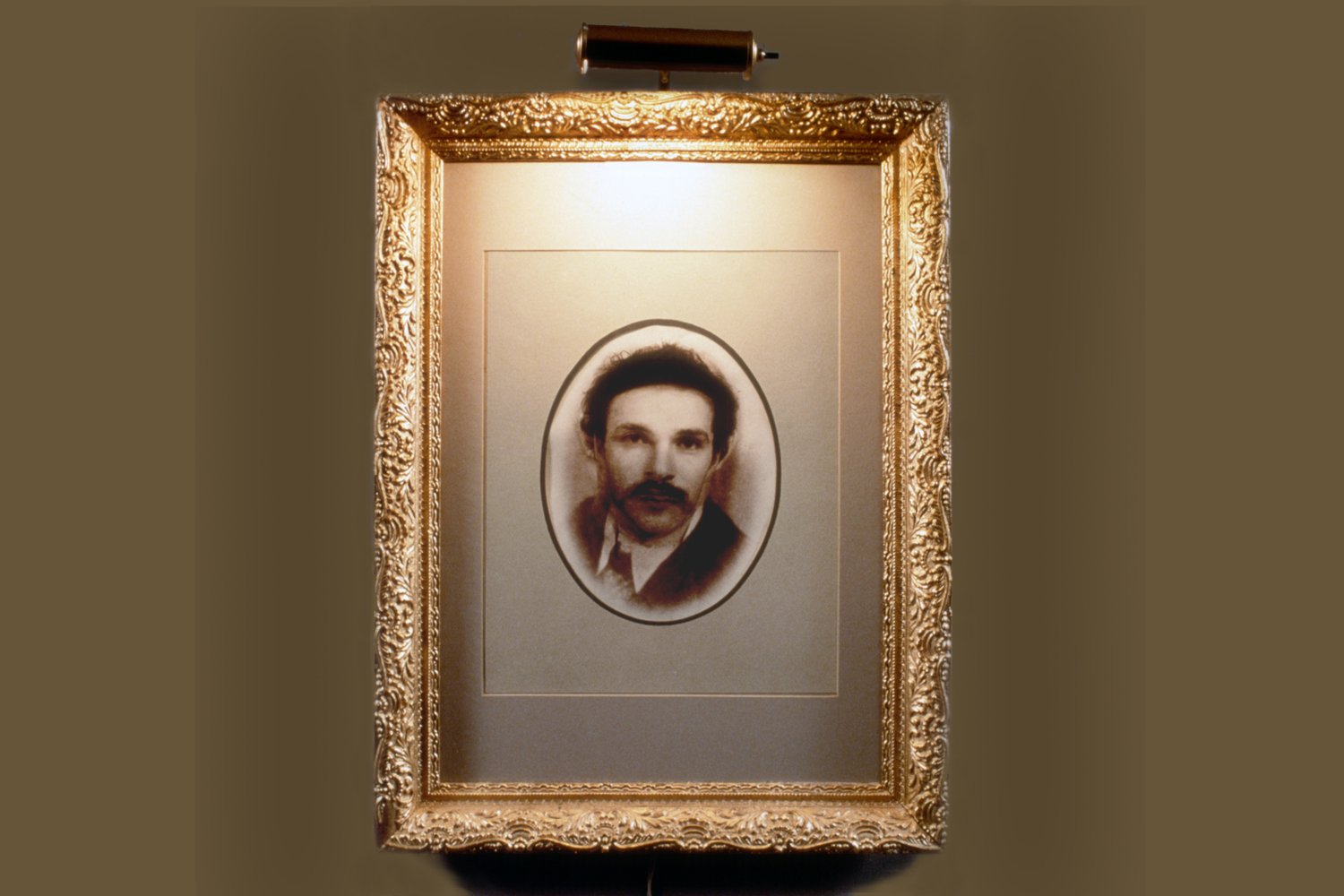
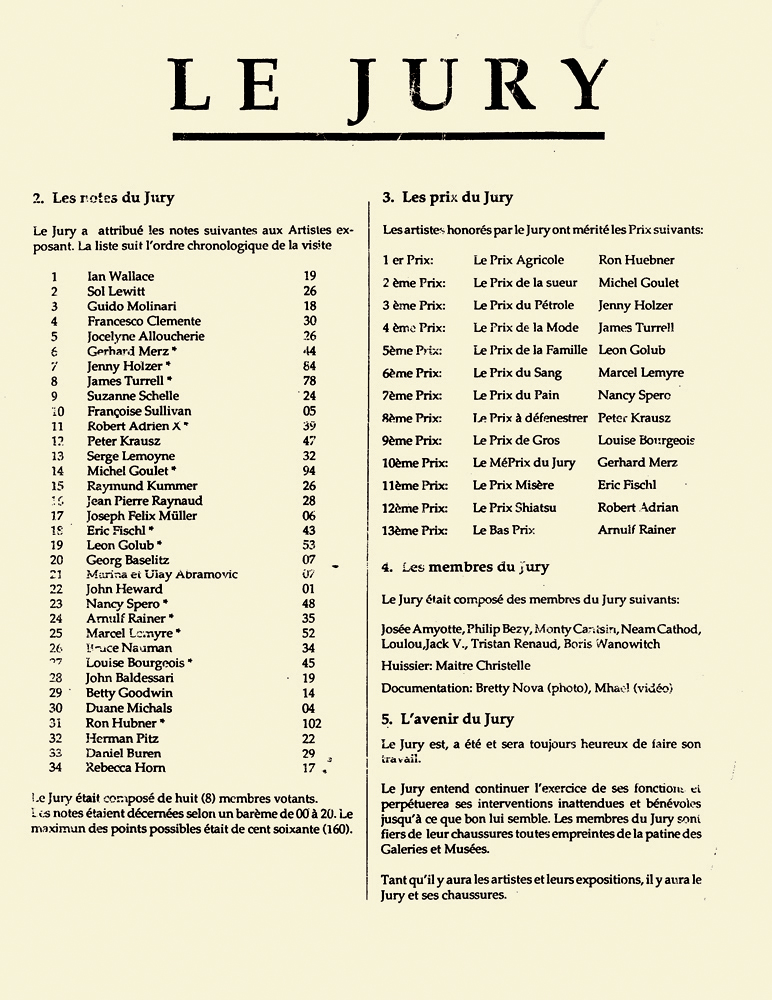
Stations
1987
Chalk, water, motors, speakers, aluminum, steel, porcelain, electrical, elements, wire, glass, photography, wood, microphones, sound recordings, tape players, amplifiers, speakers
Dimensions vary:
Water clock - 95 x 95 x 27 cm
Chair - 95 x 55 x 55 cm
Bed - 2 m x 70 cm
Table - 60 x 140 cm
Portrait - 120 x 100 cm
Dust Particle image - 102 x 124 cm
Group Show - International Centre for Contemporary Art, Montreal
“Installation consisted of a room filled with domestic-related objects: a chair made out of chalk, plaster and chalk dust, a water clock with a rotating windshield wiper contraption revolving around the pool of water striking a woman’s purse with a speaker inside playing the song ‘Fever’ by Peggy Lee. In addition the pool also contained everyday debris: lost keys, a dictionary, old photos, coins, a spoon. In one area a metal bed frame filled with heart-shaped porcelain guides containing a live electrical current produces an orange glow while creating intense heat in the immediate area. In another area an aluminum table with internal microphones causes surrounding ambient sound to echo back into it while playing a sound track constantly repeating ‘make a decision, time is all you’ve got’. Situated in the far back of the room is a family portrait, an image created by superimposing portraits of my grandfathers, my father and myself together.” RH
Excerpt from Stations catalogue
Written by James D. Campbell
A magical relation to one’s environment is instituted in Ron Huebner's work in STATIONS. Huebner characterizes his sculptures as “devices for dealing with the anxieties of living” and this touches on manner in which the creative illusion of magical thoughts obviate the apparent separateness of objects in space. Anxiety in psychoanalytic theory is that unpleasure experienced when an object is unknown and the anticipation of being overwhelmed by an internal or external force is present. Anxiety as an affect experienced by the total personality amidst the violence and dynamism of modern life is the central theme of Huebner’s installation.
Eight elements constitute Huebner’s installation and refer to everyday functional objects. However, these have been transformed by Huebner, the function of each has been inverted. The magical relationship to the environment is one dominated by the 'wish'. Huebner’s transformation of everyday objects reflects the wishes expressed by magical thinking. These wishes are determined by ‘real’ needs and are a direct response to ‘real’ dangers of the immediate lived-environment Huebner reminds his viewers that,, in the life-world, self-definition always arise in relation to objects. That definition may undergo a transformation just as the objects have changed. Huebner’s objects have changed radically - their functions inverted - and since the relationship between self and object always persists, the self - of the artist and viewer - must also change.
Huebner has created a sort of twilight zone; a created, magical environment that serves to overcome the hazard of an experience of total helplessness. The surreal changes that everyday environmental objects undergo in Huebner’s work are the result of a sort of magical thought: the chair made of plaster, the table that talks, the water clock that tells no time in the fact-world, the flashlight that literally dwindles away, the composite photograph that condenses Huebner’s own biological time - the patriarchal hierarchy - into a micro-second of real time, the sleeping bag that is made of lead... Everyday functional things that become magical objects as though Huebner was trying to demonstrate how the form given by the ego to objects in the external environment become reflected back into the ego itself by means of identification.
Identification is central to any real understanding of the work. Arnold A. Modell, the psychoanalyst theorist, says that identifications may serve the purpose of 'refinding' the object in the external world or may serve the functions of the subject’s internal world. He summarizes the functions of the internal world as follows:
1) Objects may be taken into the ego in order to preserve the external object: that is, the negationor painful attributes of the object may be assumed by the subject in order to preserve of “diealize” the object;
2) Objects may be taken into the ego in order to substitute for the gratification of external objects; and
3) Objects may be taken into the ego to remove, by means of magical control, the painful or dangerous qualities of the external objects by identification with the aggressor. (see note 1)
It seems to me that these functions are all relevant to the work under discussion. Whether it is a question of identification in order to idealize the object; to preserve its “goodness’ by drawing its “badness” into the self; or not to preserve the object but to control it. Huebner’s magical thinking achieves the same purpose - the mitigation of anxieties in the face of modern life.
Art for me, Huebner has said, is an attempt to deal with existence, the struggle to maintain the spirit which lies within oneself. The context of my work comes out of a reaction to the world I live in. I attempt to transform sculptural massiveness into a medium whereby the object functions like a telephone, a mediator between the viewer and the objective. Art for me has to do with an awareness, a consciousness of the place and time in which we live whereby it functions as a watchdog which sets up a situation where the viewer can be confronted in himself. A search for navigating yourself closest to your heart. (see note 2)
The work involves a discernible experience of time. The centre of the time perspective of this installation is the present tense - the time of day-to-day living, as Huebner phrases it - but it is a present that grows out of the past and actively directs itself towards the future. The horizon of the work is that unnoticed horizon of familiarity with the world we actively live and the present tense of the work is the time of life.
Huebner’s installation in STATIONS brings together a number of autonomous sculptures which nevertheless are bound together by a poetic evocation of object love and reality is developed in psychoanalytic theory. But this is, of course only one interpretation of the work that is radically open in its references and inferences. Arni Runar Haraldsson, in a recent review of Huebner’s installation entitled ‘What Youd Don’t Know Won’t Hurt You’ said that work “evokes associated memories that are motivated less by the qualities of its objects than by the subject of their reception” (see note 3) This is also true for Huebner’s work in STATIONS His 'sculpture-objects' - highly cathected as they are - always affect us deeply.
1. Arnold A. Modell, Object Love and Reality, New York: International Universities Press, 1980,p.150
2. Comments by Ron Huebner to James D. Campbell.
3. Arni Runar Haraldsson, “Review of Ron HUebner’s What You Don’t Know Won’t Hurt You at the Contemporary Art Gallery”, C Magazine No. 14, Summer 1987, p.69
reproduced with permission of International Centre for Contemporary Art, Montreal
